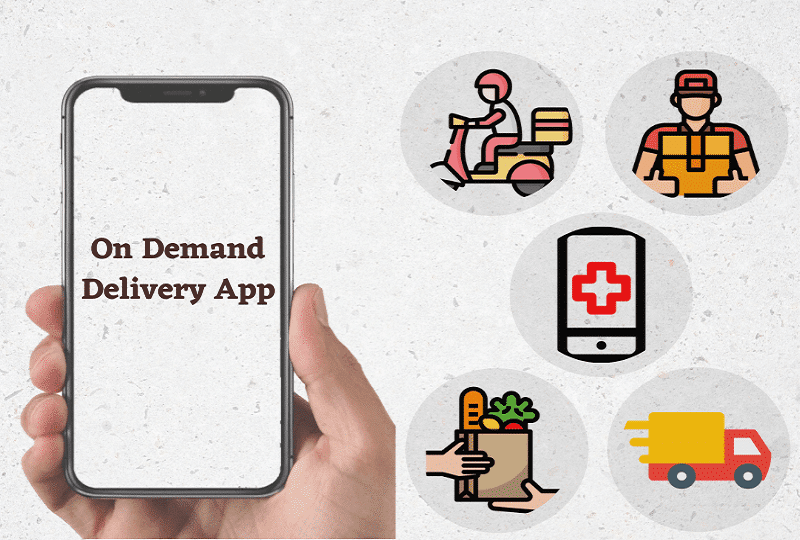The on-demand delivery business is growing day by day. Almost every domain is integrating this strategy to run out the best operation and productivity. This also pushes software development companies to install the quality on-demand delivery app. There are many other reasons to follow delivery software. The automated dispatch, real-time tracking and end to end route planning are also some of the major reasons.
Here you will know everything about the on-demand delivery app making. This article covers all the important factors which play an important role to develop on-demand delivery app. So if you are planning to integrate the same in your profession, then this page will guide you every data step by step.
On-demand application types:
Person to person (P2P):
It refers to the offering of service or the product from one person to another person. This is carried out using the company’s app.
Enterprise to person (E2P):
Here company uses its on-demand app to offer the service. The best example of this type is McDonald’s.
Enterprise to enterprise (E2E):
To run the business, enterprise contact to startups and other small enterprises. In this on-demand delivery solution acts as a bridge between the supply chain and supplier.
Developing the on-demand delivery application:
The strategy to build the on-demand delivery application is identical to any other application development. So what is the difference? Well, there are some factors which are important to consider in the on-demand delivery app.
Define the target audience:
This is a crucial step in the on-demand application. The receiver and the sender are two users in the on-demand platform. Here the UI design is important for a receiver who is receiving the service
On-demand delivery app maker must focus on UI design which comes out clean on the expectation.
Going for the participants:
You must establish a partnership with the provider and the receiver if you want to bring the E2E app. In the case of P2P app, you need to establish a relationship with the provider.
Defining the strategy:
The best way to identify the strategy is by doing proper research on the market. For this work, you can also study your competitor’s application.
Sending of the notification:
The app developer must use the push notification strategy with care. Keep in mind that it can run or even ruin your business. It is giving out a profit but excess notification also annoying the app user.
Integration of customer support:
Believe it or not, if you add 24 customer supports to increase the app user’s confidence. It’s the quick resolution of the issue helps in retaining the existing customers.
It is also helpful when the customer is not able to contact the delivery person.
Reward programs:
The reward program hikes the value of your company. But for this, you must set a robust reward program to gain the attention of the customer. This kind of strategy is cost-effective and cost-efficient.
Top benefits of on-demand platform:
Transportation:
This kind of sector is most competitive but it also offers a lot of opportunities. The mobile app associated with this sector is feature-rich.
Food and beverage delivery:
This kind of sector is popular for the on-demand delivery platform. Restaurants and hotels could deliver their dishes to the door of the consumer, thanks to the mobile applications. It enables you to offer a robust and efficient strategy to avail the service. Meanwhile, it is also beneficial to the producer.
Shipping and logistics:
This is another sector where on-demand delivery software plays a major role. Due to the increment of the internet, there is a high international trade scenario. This helps in boosting online shopping and delivery of the product.
The average cost of on-demand application development:
The cost of the on-demand application is depending on the various factors like complexity, features and duration of development. The costing of on-demand application development on various factors is as follows.
- Documentation – $1000 to $2000
- Design – $1500 to $4000
- Development – $6000 to $25000
- Testing – $2500 to $4000
- Maintenance – It depends on the complexity and feature
Verdict:
The on-demand delivery app development is increasing day by day. It will be not wrong to say that in the future the demand for this strategy will be high. If you are seeking for the on-demand application, then you must consult to the reputed mobile app development company. Always avail the best app that suits to your need.



